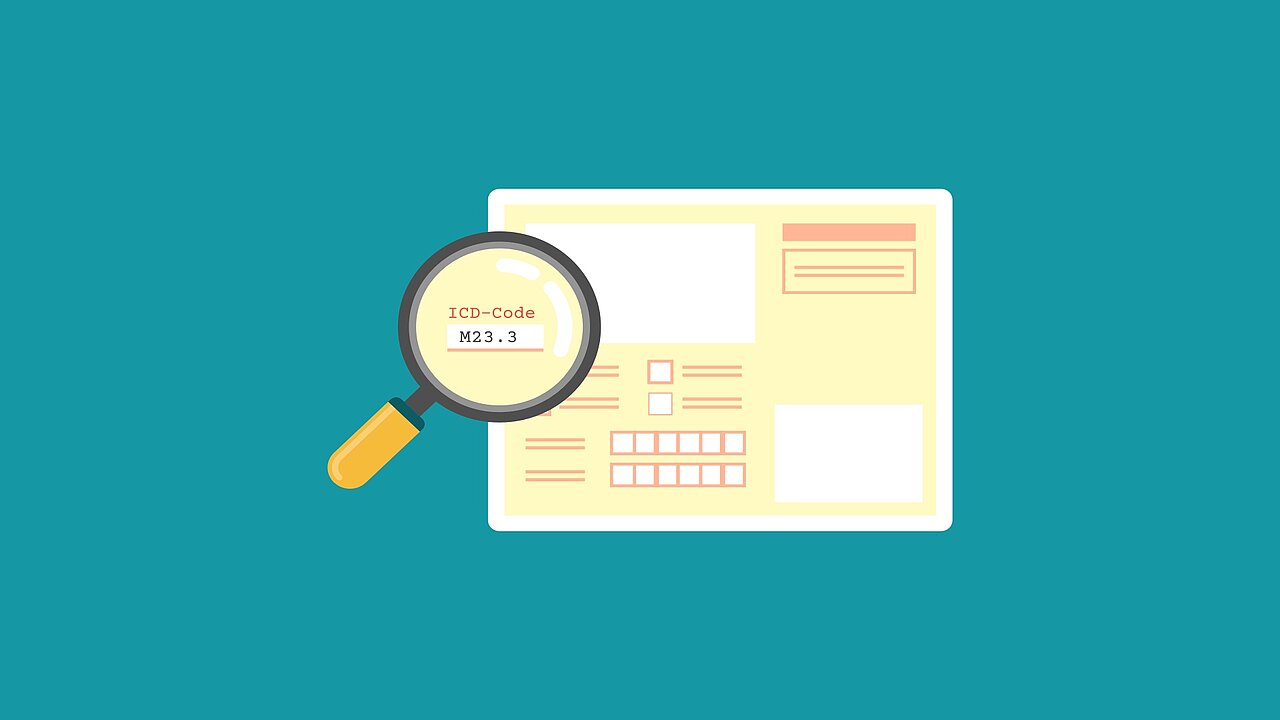As we approach the upcoming fall season, we can feel that familiar itch and dull ache in our throat and head area. Fall allergies typically include weeds like ragweed, Russian thistle, and especially sagebrush, which are some of the most common weeds that affect thousands of people each year. If you start taking precautions now, before the pollen really starts to fall, you can hope to avoid those common sinus symptoms.
What is sagebrush?
Sagebrush is a shrub-like weed, also known as “basin sagebrush” or “big sagebrush.” It primarily began growing along the valleys of the Intermountain West but has adapted and spread all the way around the United States. This shrub can grow between three to five feet in height, and sometimes can reach seven to ten feet in climates with more moisture. The grayish-silvery “three-toothed” shaped leaves are known to be strongly scented. In the spring, small flower heads will grow atop the spikey leaves.
Sagebrush is a wind-pollinated plant which contributes to it being considered a severe allergen due to the amount of pollen this plant generates and spreads.
When is sagebrush season?
Sagebrush is considered a weed, so it will begin pollinating during the late summer or early fall, anywhere from mid-August to late September.
If you’re wondering when your allergy season is, download our allergy calendar for your specific state to see the top seasonal allergens in your area!
Where does sagebrush grow?
Sagebrush can be found mostly in the northwestern United States, but because the pollen is so lightweight, it can spread easily through the air, especially on windy days.
What are sagebrush allergy symptoms?
Sagebrush produces symptoms of hay fever, which include:
- Itchy, watery eyes
- Coughing or wheezing
- Congestion
- Sneezing
- Allergy headaches
- Itchy or scratchy throat
- Allergy-induced asthma
Cross reactivity with sagebrush
According to the AAFA, patients with sagebrush allergies can develop symptoms of hay fever from eating foods from the same genus family (Compositae family) that have a similar protein. These foods could be:
- Artichoke
- Sunflower seeds
- Chamomile
- Echinacea
If you have a sagebrush allergy and consume one of these foods, it might induce oral allergy syndrome (OAS), causing your mouth to itch or tingle. If you experience a severe reaction, seek emergency medical attention immediately.
What can I do to prevent my sagebrush allergy?
- A good first step to preventing anything is receiving a proper diagnosis to begin managing your symptoms. An allergy test will help determine what exact allergens you are allergic to. At Aspire Allergy & Sinus we test for 58 allergens including sagebrush! To produce the most accurate results, most allergists will combine a skin test (prick) with an intradermal.
- Keep windows and doors closed. This will help prevent pollen and other allergens from accumulating in your home.
- Invest in an air purifier. A good air purifier will reduce the amount of allergens in your home, allowing you and your family to breathe easier.
- Avoid outdoor activities when pollen is high. The pollen count is typically higher in the early morning to afternoon. Always check your local pollen count and limit your time spent outdoors on especially high pollen count days.
- Take a shower after coming in. Pollen, particularly lightweight pollen like sagebrush pollen, can adhere to your clothes, hair, skin, and everything else. It’s important to keep pollen off of your bed or furniture, as it can be harder to get rid of. Be sure to wash all the pollen off.
- Remove it from your yard. If you have sagebrush in your front or back yard, you can remove it and replace it with a more allergy-friendly plant. It’s important to remember that sagebrush pollen can travel for miles quite easily, so it’s unlikely that removing your plant will bring complete relief.
Sagebrush allergy treatments:
If you have a sagebrush allergy, your allergy season can be difficult due to it being a severe allergen. Long-term treatments will help treat the root cause of your sagebrush allergy, not just mask your symptoms like over-the-counter medications.
Long-term treatment options:
We offer a variety of treatments for sagebrush allergies that are safe and effective. Our treatments are based on your unique needs and goals, so we can create a customized treatment plan just for you.
Allergy shots: Allergy shots, also known as immunotherapy, are a great way to begin your allergy treatment journey. Shots are administered in-office either weekly or biweekly. Allergy shots work by slowly introducing your body to the allergen and building your tolerance to the allergen so your body doesn’t react anymore. Shots are great for those who want a routine to stay on top of their treatment.
Allergy Drops: Allergy drops, also known as sublingual immunotherapy, work in a similar way to allergy shots. The only difference is that there are no pricks and no pain! Allergy drops are to be taken under the tongue, with just three drops a day. The great thing about allergy drops is that they can be taken on-the-go, so no office visits either! This is a great option for families and those who are always busy!
ExACT Immunoplasty: Our newest and most innovative treatment! ExACT is the fastest way to get rid of your allergies. This treatment consists of only three shots administered over the course of eight weeks! It’s clinically proven to be just as effective as three years’ worth of allergy shots. If you’re looking for a quick and effective solution to your allergies, this is the treatment for you!
Sagebrush allergies can be hard to live with, but it doesn’t have to be! If you suffer from a sagebrush allergy, book an appointment with us and let us help you get back to the life you deserve!











